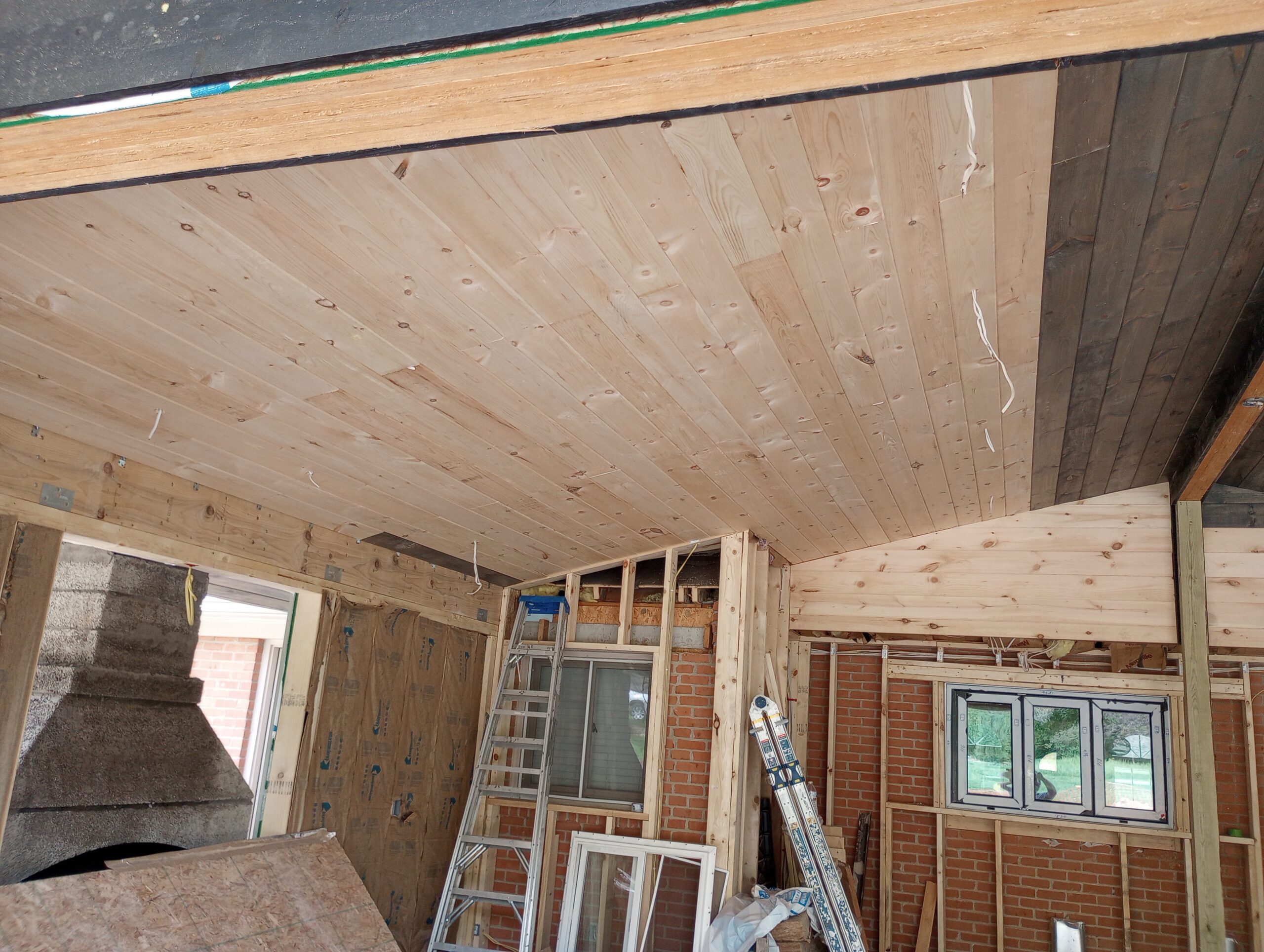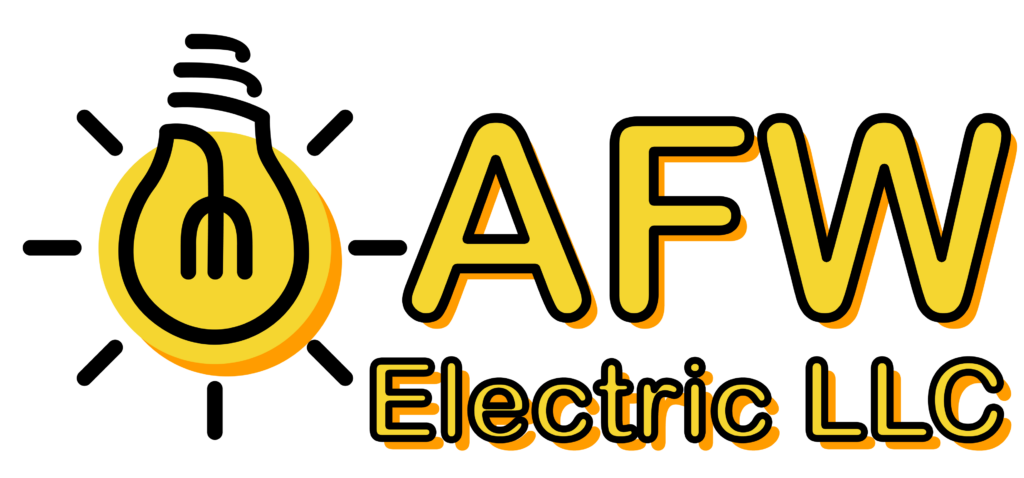
The Importance of Regular Electrical Inspections for Older Homes
Older homes have a charm and character that modern buildings often lack, but their age can also pose unique challenges—especially when it comes to electrical systems. Over the decades, wiring, outlets, and electrical panels can degrade, become outdated, or fall short of today’s safety standards. This makes regular electrical inspections an essential step in maintaining the safety, functionality, and value of an older home.
In this blog, we’ll explore why periodic electrical inspections are critical for older homes, the risks associated with outdated wiring, how inspections identify potential hazards, and the benefits of upgrading to modern electrical standards. By understanding these factors, homeowners can take proactive steps to ensure their property remains safe and efficient.
The Evolution of Electrical Systems
Electrical systems have evolved significantly over the past century. Homes built 30, 50, or even 100 years ago were designed with far fewer electrical needs in mind. Back then, homes didn’t have to power modern conveniences like air conditioners, computers, smart devices, or large appliances.
A. Outdated Wiring Methods
- Knob-and-Tube Wiring: Common in homes built before the 1940s, knob-and-tube wiring was a pioneering system for its time but lacks the insulation, grounding, and capacity needed for today’s electrical demands. Over time, the insulation on these wires can deteriorate, leading to safety hazards.
- Aluminum Wiring: Used in homes from the 1960s and 1970s, aluminum wiring is prone to overheating and corrosion, making it a leading cause of electrical fires if not properly maintained or replaced.
B. Limited Circuits
Older homes often have fewer circuits than modern homes, meaning more devices are plugged into the same circuit, increasing the risk of overloading and tripped breakers.
C. Non-Grounded Systems
Many older homes lack grounded outlets, which are essential for preventing electrical shocks and protecting appliances during power surges.
Why Regular Electrical Inspections Are Critical
Regular electrical inspections provide an opportunity to assess the condition of an older home’s electrical system and address potential risks before they become dangerous or costly.
A. Identifying Potential Fire Hazards
Electrical malfunctions are one of the leading causes of house fires. An inspection can identify:
- Damaged or deteriorated wiring: Frayed or brittle wiring increases the risk of short circuits and fires.
- Overloaded circuits: Overuse of extension cords and power strips can overload circuits, creating overheating hazards.
- Faulty connections: Loose connections in outlets, switches, and junction boxes can cause sparks and heat buildup.
B. Ensuring Code Compliance
Electrical codes are updated regularly to reflect new safety standards and technologies. A professional inspection ensures that the home meets current regulations, such as:
- The installation of Ground Fault Circuit Interrupter (GFCI) outlets in kitchens, bathrooms, and outdoor areas.
- Adequate circuit capacity to handle modern appliances and devices.
- Proper grounding and bonding of the electrical system.
C. Preventing Unexpected Power Outages
Old or poorly maintained electrical systems are more prone to outages and interruptions. Inspections help detect weak points that could lead to service interruptions, ensuring your home stays powered reliably.
D. Protecting Your Family’s Safety
Beyond preventing fires, inspections can identify other hazards such as:
- Shock risks from ungrounded outlets.
- Exposed wiring that could harm children or pets.
- Malfunctioning circuit breakers or fuses that fail to shut off power during an overload.
Common Issues Found in Older Homes
An electrical inspection of an older home often uncovers problems that, while invisible to the naked eye, pose serious risks.
A. Deteriorating Wiring
- Insulation Breakdown: Over time, the rubber or fabric insulation used in older wiring systems can crack, exposing live wires.
- Corrosion: Moisture and age can cause electrical connections to corrode, leading to poor conductivity and overheating.
B. Outdated Electrical Panels
Many older homes still rely on outdated fuse boxes or electrical panels that can no longer handle modern electrical loads. Common issues include:
- Insufficient Amperage: Older panels may only support 60 or 100 amps, whereas modern homes typically require 200 amps.
- Obsolete Brands: Panels from defunct manufacturers like Federal Pacific and Zinsco are known to have safety flaws and should be replaced.
C. Non-Standard Wiring and Components
Over the years, some older homes may have had unprofessional or DIY electrical work done, leading to:
- Improper splices and connections.
- Use of non-standard materials or techniques.
- Hidden junction boxes or overloaded circuits.
The Inspection Process: What to Expect
A licensed electrician will perform a thorough examination of your home’s electrical system, looking for potential issues and evaluating its overall safety.
A. Key Steps in an Electrical Inspection
- Wiring Inspection: Checking the condition, type, and insulation of all visible wiring.
- Panel and Circuit Evaluation: Ensuring the electrical panel is up to code and assessing whether circuits are properly distributed.
- Outlet and Switch Testing: Verifying that outlets are grounded, secure, and functioning properly.
- Safety Device Assessment: Testing smoke detectors, GFCI outlets, and surge protectors.
- Load Analysis: Determining if your electrical system can handle your home’s power demands.
B. Documentation and Recommendations
After the inspection, the electrician will provide a detailed report outlining any issues found, along with recommendations for repairs, upgrades, or replacements. This information is invaluable for maintaining safety and planning for future improvements.
Benefits of Upgrading to Modern Electrical Standards
Upgrading an older home’s electrical system may seem like a daunting investment, but the benefits far outweigh the costs. Here’s why modernization is worth considering:
A. Improved Safety
- Replacing outdated wiring and panels eliminates fire and shock hazards.
- Installing GFCI and Arc Fault Circuit Interrupter (AFCI) devices provides advanced protection against electrical faults.
B. Enhanced Performance
- Upgraded systems ensure consistent power delivery to appliances and devices, reducing the likelihood of flickering lights or tripped breakers.
- Newer wiring materials, such as copper, provide better conductivity and longevity.
C. Energy Efficiency
- Modern electrical systems are more energy-efficient, reducing power waste and lowering electricity bills.
- Upgrades may include energy-saving features like smart thermostats, LED lighting, and energy-efficient circuit breakers.
D. Increased Home Value
A modern electrical system is a major selling point for prospective buyers. It demonstrates that the home is safe, up to code, and ready to meet modern needs.
How Often Should Inspections Be Conducted?
For older homes, experts recommend scheduling a professional electrical inspection:
- Every 3-5 years for homes over 30 years old.
- After major renovations or the installation of new appliances that increase power demands.
- When buying or selling an older home, as part of the pre-purchase or pre-sale process.
The Role of a Licensed Electrician
Hiring a licensed electrician is essential for conducting electrical inspections and performing necessary repairs or upgrades. Professionals have the training, tools, and experience to:
- Identify hidden issues that might be missed during a visual inspection.
- Ensure all work meets local codes and safety standards.
- Provide guidance on prioritizing repairs and upgrades based on your budget and needs.
Costs of Electrical Inspections and Upgrades
The cost of an electrical inspection varies depending on the size of the home and the complexity of the system, but it’s typically a small price to pay for peace of mind. While upgrades like panel replacements or rewiring can be more costly, the long-term savings in energy efficiency and safety are well worth the investment.
Warning Signs That an Inspection is Overdue
If you notice any of the following warning signs in your older home, it’s time to schedule an inspection:
- Flickering or dimming lights
- Frequently tripping breakers or blown fuses
- Outlets that feel warm or spark
- Burning smells near outlets or appliances
- Discolored or charred outlets
- A buzzing or humming noise from the electrical panel
- Limited or ungrounded outlets
Signs You May Need to Upgrade Your Electrical System
Even with regular inspections, certain signs indicate that your home’s electrical system may need an upgrade to ensure safety and functionality. Recognizing these signs early can help you avoid costly repairs or dangerous situations.
A. Limited or Non-Grounded Outlets
- Older homes often lack the three-pronged outlets common in modern systems, which means there’s no grounding for extra safety.
- Non-grounded outlets increase the risk of electrical shocks and appliance damage, especially during power surges.
B. Inadequate Electrical Panel Capacity
- If your breakers frequently trip or your panel uses outdated fuses, it’s a sign your system can’t handle your household’s power needs.
- Homes built decades ago often have panels rated for 60-100 amps, but modern homes require at least 200 amps to support appliances, HVAC systems, and electronics.
C. Burning Smell or Discolored Outlets
- A burning odor or discoloration around outlets is a clear sign of overheating, which can lead to electrical fires.
- These signs often indicate damaged wiring or overloaded circuits that need immediate attention.
D. Reliance on Extension Cords
- If you frequently use extension cords to power devices, it’s a sign your home lacks sufficient outlets. Overloaded extension cords can overheat and pose a fire hazard.
If you notice any of these signs, it’s time to consult a licensed electrician to discuss upgrading your electrical system.
How to Prepare for an Electrical Inspection
Preparing for an electrical inspection ensures the process goes smoothly and that the electrician has access to all necessary areas of your home. Here’s what you can do to get ready:
A. Clear Access to Electrical Components
- Ensure your electrical panel, outlets, and switches are easily accessible. Move any furniture or items blocking access to these areas.
- For outdoor inspections, trim overgrown shrubs or trees that may obstruct outdoor outlets or wiring.
B. Compile a List of Concerns
- Make note of any electrical issues you’ve observed, such as flickering lights, frequent breaker trips, or sparking outlets. Sharing this information with the electrician can help them pinpoint problems faster.
C. Review Past Repairs or Upgrades
- If you’ve had previous electrical work done, provide the electrician with documentation. This can help them understand your system’s history and focus on areas that might need attention.
D. Prepare Questions
- Have a list of questions ready to ask the electrician, such as:
- Does my system meet current code requirements?
- Are there any immediate safety concerns?
- What upgrades would improve efficiency or safety?
By preparing in advance, you’ll ensure that your electrical inspection is thorough and that you receive valuable insights to help maintain and improve your home’s electrical system. Regular inspections and proactive upgrades are key to ensuring your older home remains safe, functional, and ready for the future.
Safety First for Older Homes
Regular electrical inspections are a vital part of maintaining the safety and functionality of older homes. These inspections help identify and address potential hazards, ensure code compliance, and provide valuable insights into necessary upgrades. By investing in periodic inspections and modernizing your electrical system, you can protect your family, improve your home’s performance, and preserve its charm and value for years to come.
If you own an older home and haven’t had an inspection recently, now is the time to schedule one. A licensed electrician can help ensure your home’s electrical system is safe, efficient, and ready to meet the demands of modern living. Don’t wait until problems arise—take action today to safeguard your home and your peace of mind.



